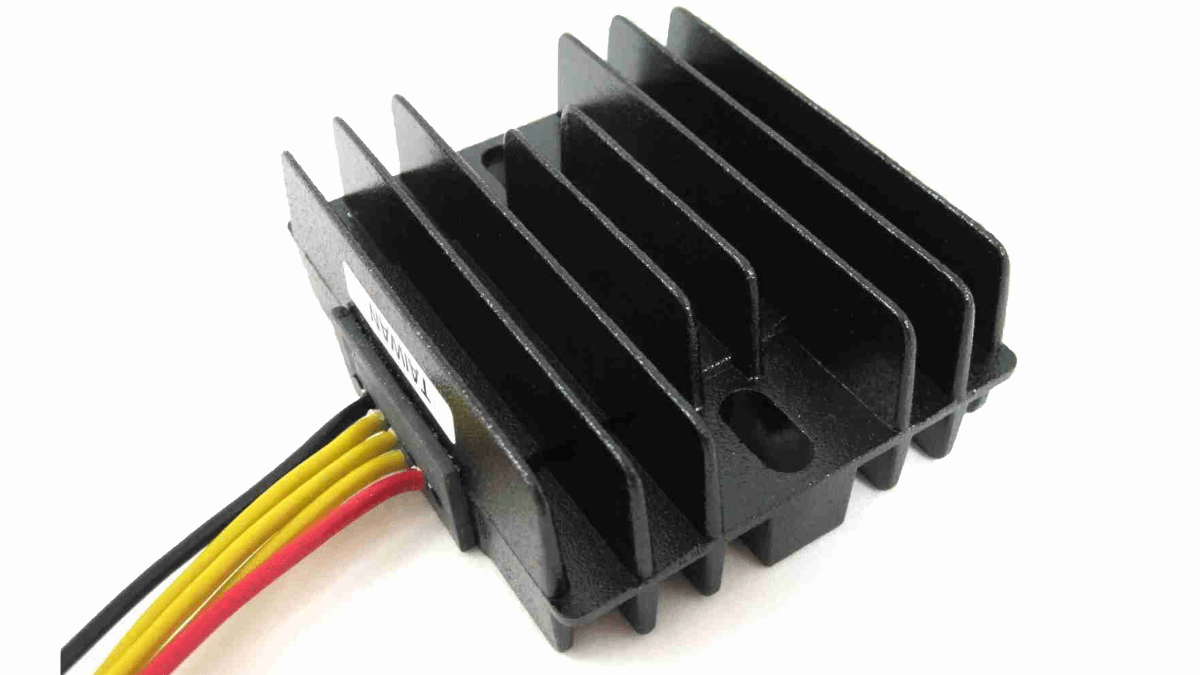worntorn
VIP MEMBER
- Joined
- Dec 22, 2006
- Messages
- 7,956
The other thread melted down from high voltage without ever answering the basic question-
Are any of the Lucas or Lucas type alternators suitable for running Lithium batteries in our old Nortons?
I thought it best to go right to the horse , Shorai.
I used numbers for my RM23 since I have those. A high output 3 phase RM24 is stronger at low rpm, but I have not been able to find voltage data for it. My guess from the original Lucas chart is that the RM24 hits 13.1 v at about 2800 rpm.
My question to Shorai-
" I would like to use a Shorai battery in my 1975 Norton Commando MK3.
The idle charging output is below the 13.1 called for by Shorai. Idle (1000 rpm) voltage output of the alternator is around 8 volts. At approximately 3500 rpm it reaches 13.1 v, according to testing done with a 100watt load.
If I maintain the battery voltage above the minimum 12.86 v by avoiding prolonged idling, will the Shorai LFX18 work well in the Norton?
Shorai' answer
Hi Glenn,
I wouldn’t recommend it. You would be discharging the battery when idling, and at 13.1V you would barely be charging the battery.
Ideally you would want to see about 13.3V at idle, and max 14.2V at higher RPM. 13.3-138V is pretty normal for a modern bike with a regulator, but I know your bike is not modern
If you want to run ANY lithium battery, it would be good to see the ranges mentioned above.
If you don’t want to swap system with a regulator, then best would be to stick with lead-acid / gel batteries. They can tolerate the voltage swings, from the stock alternator.
Are any of the Lucas or Lucas type alternators suitable for running Lithium batteries in our old Nortons?
I thought it best to go right to the horse , Shorai.
I used numbers for my RM23 since I have those. A high output 3 phase RM24 is stronger at low rpm, but I have not been able to find voltage data for it. My guess from the original Lucas chart is that the RM24 hits 13.1 v at about 2800 rpm.
My question to Shorai-
" I would like to use a Shorai battery in my 1975 Norton Commando MK3.
The idle charging output is below the 13.1 called for by Shorai. Idle (1000 rpm) voltage output of the alternator is around 8 volts. At approximately 3500 rpm it reaches 13.1 v, according to testing done with a 100watt load.
If I maintain the battery voltage above the minimum 12.86 v by avoiding prolonged idling, will the Shorai LFX18 work well in the Norton?
Shorai' answer
Hi Glenn,
I wouldn’t recommend it. You would be discharging the battery when idling, and at 13.1V you would barely be charging the battery.
Ideally you would want to see about 13.3V at idle, and max 14.2V at higher RPM. 13.3-138V is pretty normal for a modern bike with a regulator, but I know your bike is not modern
If you want to run ANY lithium battery, it would be good to see the ranges mentioned above.
If you don’t want to swap system with a regulator, then best would be to stick with lead-acid / gel batteries. They can tolerate the voltage swings, from the stock alternator.
Last edited:

